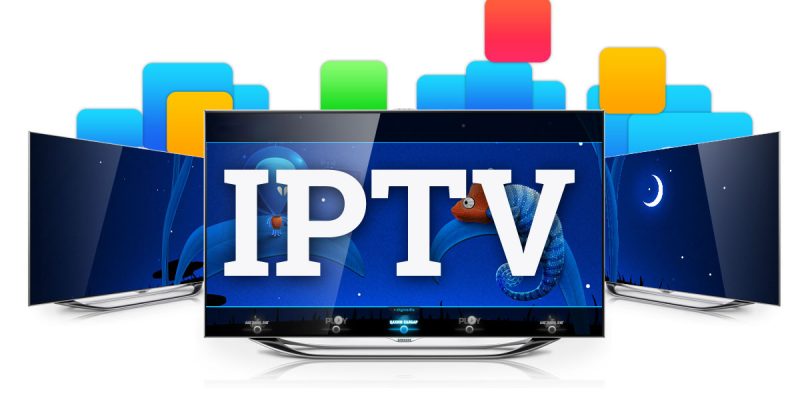What will be the fate of nascent IPTV deployments, as the recent economic
slowdown begins to impact operator’s willingness to make continued capital
investments to upgrade their networks for delivery of HD video and
beyond?
MSOs & Telcos in the US will continue to battle for the triple-play subscriber
in the near-term, shifting subscriber counts back and forth, using price,
packaging, and broadband speed as their primary weapons.
At the same time, a groundswell of over the top (OTT), (another way of
saying alternate distribution) video activity may begin to have a profound
impact on the traditional video distribution model, in which consumers pay a
monthly fee for a package of linear content, most of which they do not
watch. As recently as this week, LG & Netflix made another announcement,
AppleTV continues to push forward, Roku, others enter the fray.
All of this activity is interesting, but the real opportunity seems to be for
content owners to build a direct entertainment billing relationship with
consumers, offering download to own content, high-quality compressed
streams via their websites, developing exclusive subscription or ad-
supported VOD product offerings.
The success of content owners developing this model is not necessarily tied
to the demise of traditional pay-TV and the business of network operators.
Possible partnership scenarios will continue to evolve in which operators
partner with content owners to deliver high-quality product effectively to
consumers on-demand to any device, any time.
The economic relationship will inevitably change from a content-wholesale to
operator-retail model towards something like looks more like their ad sales
relationships today. Operators and content owners each adding value,
sharing common inventory as part of a larger carriage agreement.
The surge of new video operators competing for household entertainment
marketshare has clearly just begun. The price to enter the game may
change dramatically over the next few years, as the nuances of net
neutrality unfold. Google, Joost, and other large broadband TV providers
will spawn the emergence of other new over-the-top video providers.
These new nimble lower-cost content distributors will clash with large MSOs,
satellite providers, and telcos for marketshare as they compete for one
important household entertainment billing relationship. Operators with
existing distribution (and broadband infrastructure) can benefit from
converging service delivery with existing customer bases, moving beyond
providing bundled service discounts for customers to pick up an additional
product. New OTT providers can benefit from efficient scalable content
distribution to anyone with a broadband device.
Existing operators launching IPTV can combat the new OTT threat by
delivering converged video services, leveraging their existing broadband
subscriber bases. Importantly though, incumbent operators must move
beyond incremental product enhancements… additional linear HD capacity,
new genre programming packages, caller ID on TV, and instant channel
change.
The opportunity to deliver converged services is now a reality as early
launches enable customers to easily schedule a DVR from a wireless
handset, monitor home security cameras from their office PC, video chat
from the TV via an IP set-top box. Customers will purchase wireless ring-
tones, broadband VOD, packages of HD programming on the TV. So what’s
next? Unified messaging applications from your TV EPG, multi-player gaming,
and of course social networking on the TV.
Simplicity, above all, should be the driving force as operators, wireless
carriers, set-top middleware develop launch new interoperable content.
Short, time-sensitive video clips work well on the small screen, long-form HD
1080p lends itself well to the big screen, very straightforward as a
foundation to program for these platforms. IP video & broadband
distribution will enable any content asset to any device, and yet, the digital
HD display will be the media hub in the home from which to program, set-up,
side-load all other devices. The importance of an intuitive middleware &
program guide cannot be overstated.
As 2008 nears, many new IPTV operators continue to struggle with the
issue of delivering the necessary bandwidth to meet the growing demand
for linear HD content. We suspect in the coming year, several new delivery
models will begin to prove out, specifically; store-forward content to a
device in the home. Think AppleTV, Moviebeam, but improved and seamless
portability to any broadband device. Set-top manufacturers, third-party
middleware providers, and network services companies will drive this trend,
as they develop new delivery scenarios to enable consumers to access a
wide array of HD content instantaneously, without a traditional download or
buffer lag-time.

